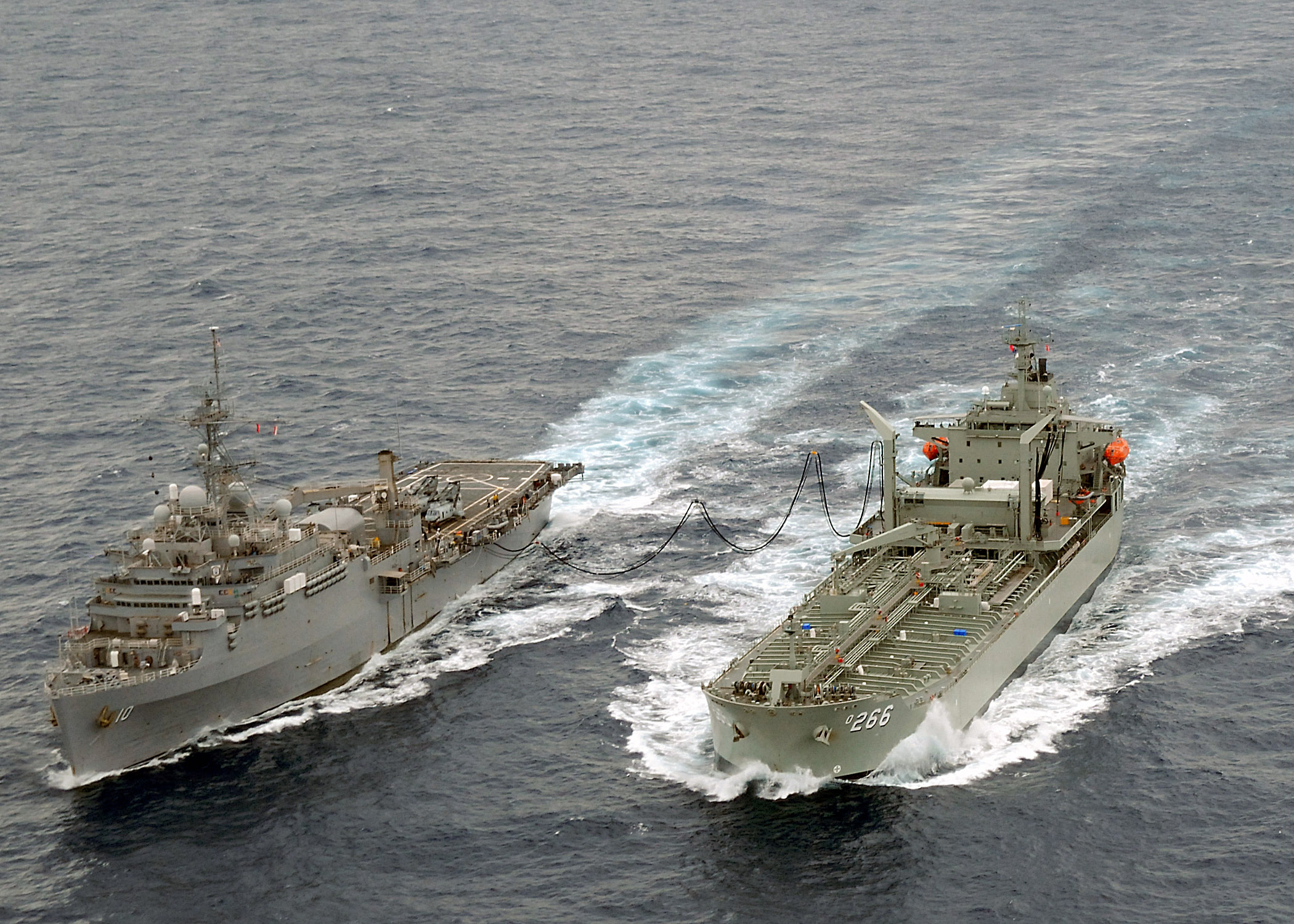|
RFA Olna
Three ships of the Royal Fleet Auxiliary have borne the name RFA ''Olna'': * was an oiler launched in 1921 and beached at Crete in 1941 after being bombed. * was an oiler launched in 1944 and scrapped in 1967. * was a fast fleet tanker launched in 1965 and sold in 2001. {{DEFAULTSORT:Olna, Rfa Royal Fleet Auxiliary ship names ... [...More Info...] [...Related Items...] OR: [Wikipedia] [Google] [Baidu] |
Royal Fleet Auxiliary
The Royal Fleet Auxiliary (RFA) is a naval auxiliary fleet owned by the UK's Ministry of Defence. It provides logistical and operational support to the Royal Navy and Royal Marines. The RFA ensures the Royal Navy is supplied and supported by providing fuel and stores through replenishment at sea, transporting Royal Marines and British Army personnel, providing medical care and transporting equipment and essentials around the world. In addition the RFA acts independently providing humanitarian aid, counter piracy and counter narcotic patrols together with assisting the Royal Navy in preventing conflict and securing international trade. They are a uniformed civilian branch of the Royal Navy staffed by British merchant sailors. RFA personnel are civilian employees of the Ministry of Defence and members of the Royal Naval Reserve and Sponsored Reserves. Although RFA personnel wear Merchant Navy rank insignia with naval uniforms, they are part of the Royal Navy. RFA vessels are ... [...More Info...] [...Related Items...] OR: [Wikipedia] [Google] [Baidu] |
Replenishment Oiler
A replenishment oiler or replenishment tanker is a naval auxiliary ship with fuel tanks and dry cargo holds which can supply both fuel and dry stores during underway replenishment (UNREP) at sea. Many countries have used replenishment oilers. The United States Navy's hull classification symbol for this type of ship was AOR. Replenishment oilers are slower and carry fewer dry stores than the U.S. Navy's modern fast combat support ships, which carry the classification AOE. History The development of the "oiler" paralleled the change from coal- to oil-fired boilers in warships. Prior to the adoption of oil fired machinery, navies could extend the range of their ships either by maintaining coaling stations or for warships to raft together with colliers and for coal to be manhandled aboard. Though arguments related to fuel security were made against such a change, the ease with which liquid fuel could be transferred led in part to its adoption by navies worldwide. One of the first ... [...More Info...] [...Related Items...] OR: [Wikipedia] [Google] [Baidu] |
Crete
Crete ( el, Κρήτη, translit=, Modern: , Ancient: ) is the largest and most populous of the Greek islands, the 88th largest island in the world and the fifth largest island in the Mediterranean Sea, after Sicily, Sardinia, Cyprus, and Corsica. Crete rests about south of the Greek mainland, and about southwest of Anatolia. Crete has an area of and a coastline of 1,046 km (650 mi). It bounds the southern border of the Aegean Sea, with the Sea of Crete (or North Cretan Sea) to the north and the Libyan Sea (or South Cretan Sea) to the south. Crete and a number of islands and islets that surround it constitute the Region of Crete ( el, Περιφέρεια Κρήτης, links=no), which is the southernmost of the 13 top-level administrative units of Greece, and the fifth most populous of Greece's regions. Its capital and largest city is Heraklion, on the north shore of the island. , the region had a population of 636,504. The Dodecanese are located to the no ... [...More Info...] [...Related Items...] OR: [Wikipedia] [Google] [Baidu] |

